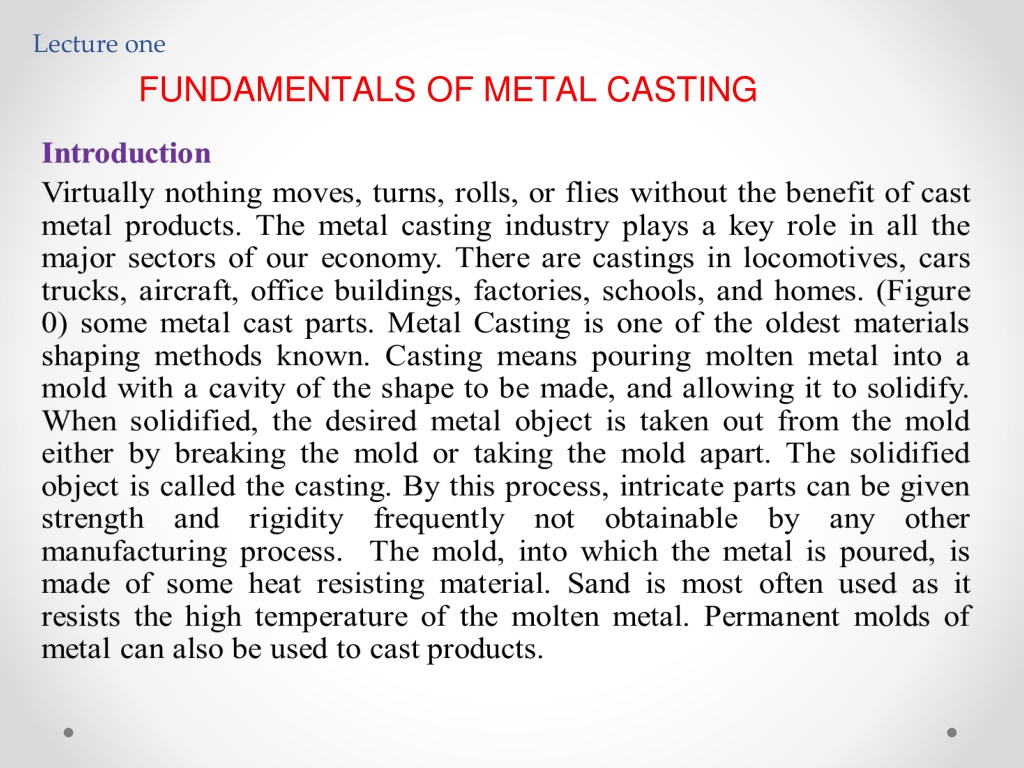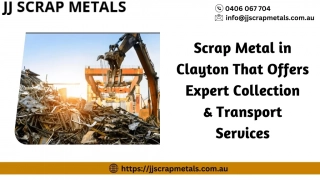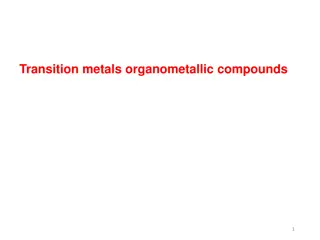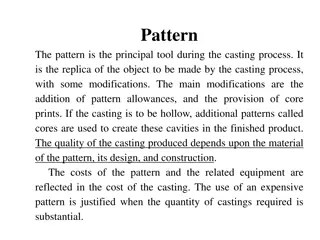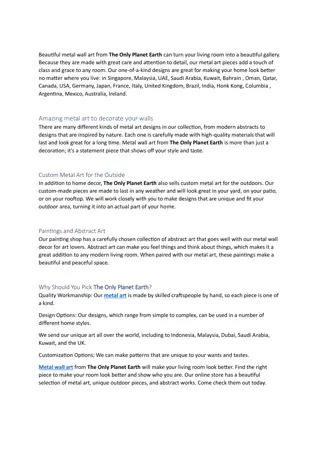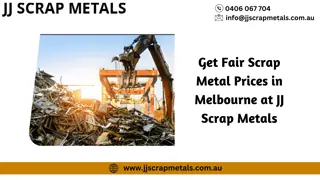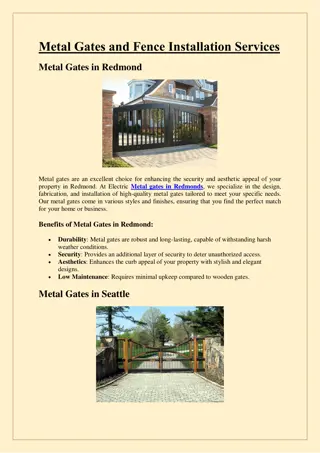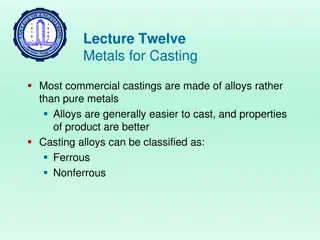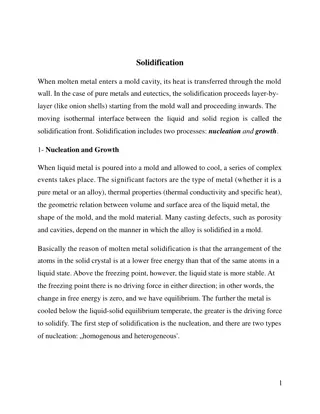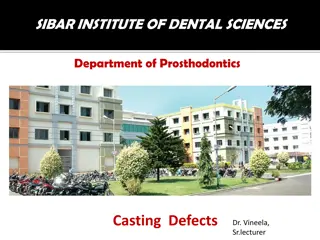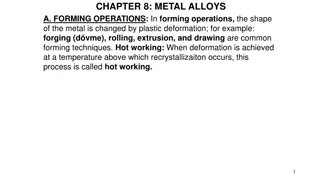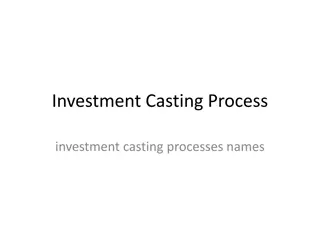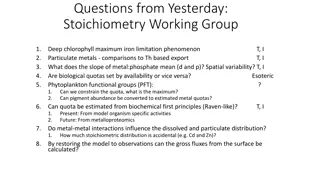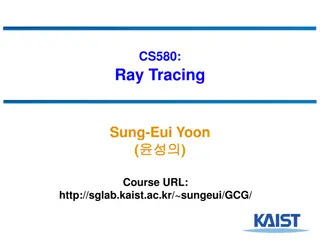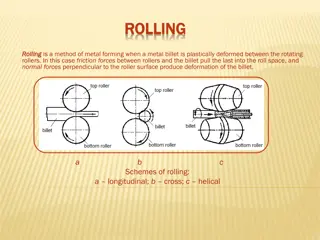FUNDAMENTALS OF METAL CASTING
Solidify your knowledge on metal casting with this insightful lecture covering casting technology, heating, pouring, solidification processes, classifications, advantages, and disadvantages. Explore the intricacies of casting metals and learn about directional solidification techniques to enhance your understanding of this essential manufacturing process.
Download Presentation

Please find below an Image/Link to download the presentation.
The content on the website is provided AS IS for your information and personal use only. It may not be sold, licensed, or shared on other websites without obtaining consent from the author.If you encounter any issues during the download, it is possible that the publisher has removed the file from their server.
You are allowed to download the files provided on this website for personal or commercial use, subject to the condition that they are used lawfully. All files are the property of their respective owners.
The content on the website is provided AS IS for your information and personal use only. It may not be sold, licensed, or shared on other websites without obtaining consent from the author.
E N D
Presentation Transcript
Lecture one FUNDAMENTALS OF METAL CASTING
FUNDAMENTALS OF METAL CASTING 1. Overview of Casting Technology 2. Heating and Pouring 3. Solidification and Cooling
Solidification Processes Starting work material is either a liquid or is in a highly plastic condition, and a part is created through solidification of the material Solidification processes can be classified according to engineering material processed: Metals Ceramics, specifically glasses Polymers and polymer matrix composites (PMCs)
Casting of Metals Process in which molten metal flows by gravity or other force into a mold where it solidifies in the shape of the mold cavity The term casting also applies to the part made in the process Steps in casting seem simple: 1. Melt the metal. 2. Pour it into a mold. 3. Let it freeze.
Capabilities and Advantages of Casting Can create complex part geometries. Can create both external and internal shapes. Some casting processes are net shape; others are near net shape. Can produce very large parts. Some casting methods are suited to mass production.
Disadvantages of Casting Different disadvantages for different casting processes: Limitations on mechanical properties. Poor dimensional accuracy and surface finish for some processes; e.g., sand casting. Safety hazards to workers due to hot molten metals. Environmental problems.
Directional Solidification To minimize effects of shrinkage, it is desirable for regions of the casting most distant from the liquid metal supply to freeze first and for solidification to progress from these regions toward the riser(s) Thus, molten metal is continually available from risers to prevent shrinkage voids. The term directionalsolidification describes this aspect of freezing and methods by which it is controlled.
Achieving Directional Solidification Directional solidification is achieved using Chvorinov's Rule to design the casting, its orientation in the mold, and the riser system that feeds it Locate sections of the casting with lower V/A ratios away from riser, so freezing occurs first in these regions, and the liquid metal supply for the rest of the casting remains open Chills - internal or external heat sinks that cause rapid freezing in certain regions of the casting
External Chills (a) External chill to encourage rapid freezing of the molten metal in a thin section of the casting; and (b) the likely result if the external chill were not used
Riser Design Riser is waste metal that is separated from the casting and re-melted to make more castings To minimize waste in the unit operation, it is desirable for the volume of metal in the riser to be a minimum Since the shape of the riser is normally designed to maximize the V/A ratio, this allows riser volume to be reduced to the minimum possible value
Example 1 (SI units) The length of the downsprue leading into the runner of a mold = 200 mm. The cross-sectional area at its base = 400 mm2. Volume of the mold cavity = 0.0012 m3. Determine (a) velocity of the molten metal flowing through the base of the downsprue, (b) volume rate of flow, and (c) time required to fill the mold cavity. Solution (a) Velocity v = (2gh)0.5 = (2 x 9810 x 200)0.5 = (3,924,000)0.5 = =1981 mm/s (b) Volume flow rate Q = vA = 1981 x 400 =792,400 mm3/s (c) Time to fill cavity TMF = V/Q = 1,200,000/792,400 = 1.515 s
Example 2 (USCS units) The volume flow rate of molten metal into the downsprue from the pouring cup is 45 in3/sec. At the top where the pouring cup leads into the downsprue, the cross-sectional area = 1.0 in2. Determine what the area should be at the bottom of the sprue if its length = 8.0 in. It is desired to maintain a constant flow rate, top and bottom, in order to avoid aspiration of the liquid metal. Solution: Velocity at base v = (2gh)0.5 = (2 x 32.2 x 12 x 8)0.5 = 78.6 in/sec Assuming volumetric continuity, area at base Q = vA A = (45 in3/sec)/(78.6 in/sec) = 0.573 in2
Example 3 (SI units) Determine the shrink rule to be used by mold makers for die casting of zinc. Using the shrinkage value in Table 10.1, express your answer in terms of decimal mm of elongation per 300 mm of length compared to a standard 300-mm scale. Solution: For zinc, shrinkage 2.6% from Table 10.1. Thus, linear contraction = 1.0 0.026 = 0.974. Shrink rule elongation = (0.974)-1 = 1.0267 For a 300-mm rule, L = 1.0267(300) = 308.008 mm Elongation per 300 mm of length = 8.008 mm
Example 4 (SI units) In casting experiments performed using a certain alloy and type of sand mold, it took 170 sec for a cube-shaped casting to solidify. The cube was 50 mm on a side. (a) Determine the value of the mold constant in Chvorinov's rule. (b) If the same alloy and mold type were used, find the total solidification time for a cylindrical casting in which the diameter = 50 mm and length = 50 mm.use mold constant in Chvorinov's rule = 2.232s/mm2 Solution: (a) Volume V = (50)3 = 125,000 mm3 Area A = 6 x (50)2 = 15,000 mm2 (V/A) = 125,000/15,000 = 8.333 mm Cm = TTS /(V/A)2= 170/(8.333)2 = 2.448 s/mm2 (b) Cylindrical casting with D = 50 mm and L = 50 mm. Volume V = D2L/4 = (50)2(50)/4 = 98,175 mm3 Area A = 2 D2/4 + DL = (50)2/2 + (50)(50) = 11,781 mm2 V/A = 98,175 /11,781 = 8.333 Cm = TTS /(V/A)2 TTS = 2.232 (8.333)2 = 154.87s = 2.581 min
